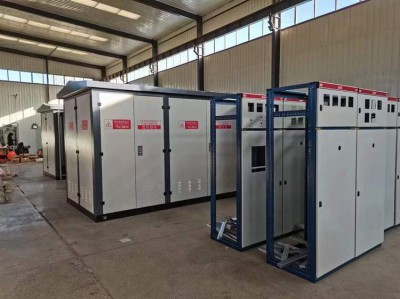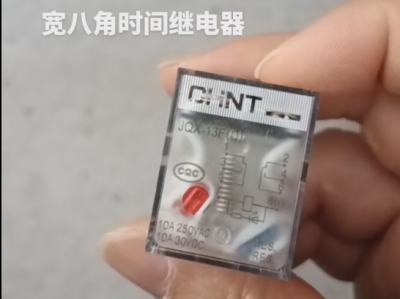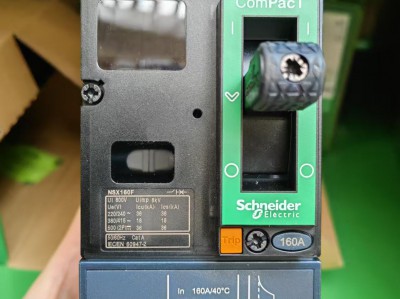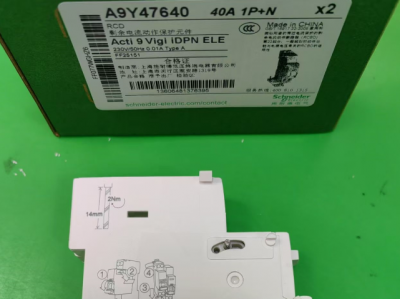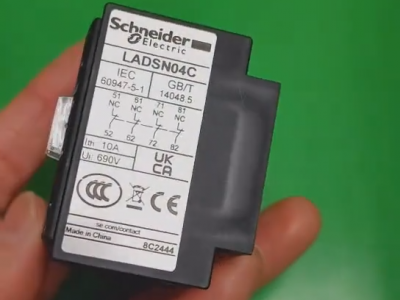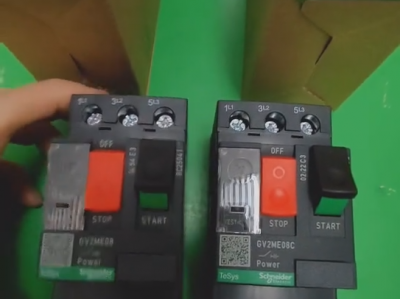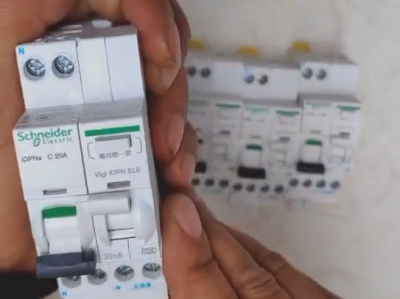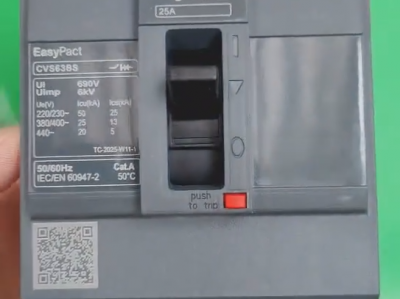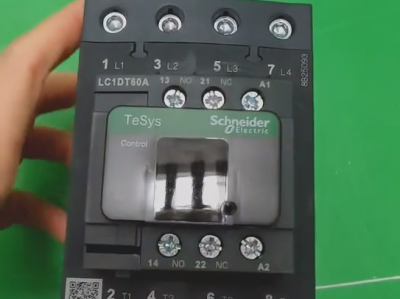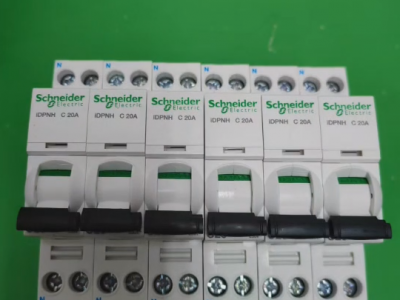Chint NEX5-C10600 household distribution box
Product description
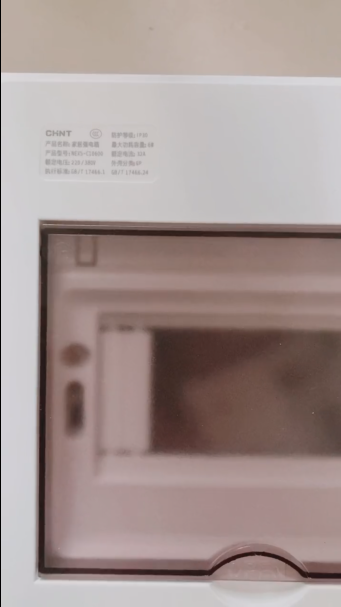 The Chint NEX5-C10600 household distribution box is a type of distribution box suitable for household circuits. The following is a detailed introduction to it:
The Chint NEX5-C10600 household distribution box is a type of distribution box suitable for household circuits. The following is a detailed introduction to it:
Basic Information**
- **Model Meaning**
- "NEX5-C" indicates the series to which the distribution box belongs.
- In "10600", "10" may represent specific specification parameters, "6" indicates that the distribution box has 6 circuits, and the final "00" usually denotes the product version or other specific identifiers.
- **Installation Method**
- Recessed installation: It can be embedded in the wall, making the distribution box flush with the wall surface, which is aesthetically pleasing and space-saving, suitable for the overall wiring planning in home decoration.
- **Material**
- Made of cold-rolled steel plate, with high strength and hardness, effectively protecting internal electrical components. It also has good fireproof and moisture-proof performance, ensuring the safe operation of the distribution box in different environments.
- **Color and Appearance**
- Usually white, with a simple and elegant appearance that matches various home decoration styles. The cover is made of PC material, which has good transparency and mechanical strength, facilitating observation of the internal conditions and being difficult to damage.
Product Features**
- **Safe and Reliable**
- Equipped with functions such as overload protection, short-circuit protection, and leakage protection. When overload or short-circuit occurs in the circuit, it can quickly cut off the power to protect electrical equipment and personal safety. Meanwhile, the leakage protection function can promptly detect leakage current to prevent electric shock accidents.
- **Multi-Circuit Design**
- The 6-circuit design meets the simultaneous use of multiple electrical devices in the family, facilitating independent control and management of circuits in different areas or functions (e.g., lighting circuits, socket circuits, air conditioner circuits), which is convenient for troubleshooting and maintenance.
- **IP30 Protection Level**
- Prevents the intrusion of objects larger than 2.5mm (e.g., tools, insects) into the distribution box, avoiding interference with the normal operation of electrical components, and protecting internal components from external environmental interference and damage to a certain extent.
- **CCC Certification**
- It has passed China's mandatory product certification, indicating that the product complies with relevant national safety and quality standards, with high reliability and stability, allowing consumers to use it with confidence.
Application Scenarios**
- **Residential Homes**
- Suitable for various residences, including apartments and villas, providing safe and stable power distribution and control for various electrical devices in the family to meet daily electricity needs.
- **Small Commercial Places**
- For small commercial venues such as small offices and stores, the NEX5-C10600 distribution box can also provide basic power distribution and protection functions to ensure the normal operation of commercial equipment.
Installation and Maintenance**
- **Installation**
- It must be installed by professional electricians. During installation, ensure that the installation position of the distribution box is flat, dry, well-ventilated, and easy to operate and maintain. Meanwhile, pay attention to correctly connecting the power supply wires and wires of each circuit to ensure firm and reliable wiring.
- **Maintenance**
- Regularly inspect and maintain the distribution box, including checking whether wire connections are loose, whether electrical components show signs of overheating or damage, and whether switches operate normally. If problems are found, handle them promptly to ensure the safe operation of the distribution box.
When installing the Chint NEX5-C10600 household distribution box, strict standard operations are required in multiple aspects, from preliminary planning and installation operations to post-installation inspections, to ensure electrical safety and the normal operation of equipment. The specific precautions are as follows:
I. Preparation and Planning Before Installation**
1. **Confirm the Installation Environment**
- **Location Selection**
- Install in a dry, ventilated place without corrosive gases, and avoid areas near water sources (e.g., kitchens, bathrooms) or high-temperature zones (e.g., heating pipes, gas stoves) to prevent the box from being damp or components from overheating.
- **Height Specification**
- For recessed installation, the lower edge of the distribution box is recommended to be 1.5-1.8 meters from the ground, which is convenient for daily operation and maintenance and complies with household electrical safety codes.
- **Space Reservation**
- Ensure sufficient space behind and around the distribution box to avoid conflicts with obstacles such as wall steel bars, water pipes, and gas pipes, and reserve at least 10cm of maintenance space.
2. **Circuit Design Planning**
- **Circuit Distribution**
- Reasonably distribute the 6 circuits according to household electricity needs. For example:
- 2 lighting circuits (living room + bedroom, kitchen + bathroom);
- 2 socket circuits (living room sockets, bedroom sockets);
- 1 dedicated air conditioner circuit (high-power air conditioners);
- 1 dedicated kitchen/bathroom circuit (refrigerators, water heaters, etc.).
- **Load Calculation**
- Calculate the total power of each circuit's electrical appliances to ensure that the current of a single circuit does not exceed the rated load of the distribution box (e.g., C10600 is usually suitable for 10A-63A circuit breakers, which should be selected according to actual configurations) to avoid overload.
II. Operation Specifications During Installation**
1. **Wall Grooving and Box Fixing**
- **Grooving Requirements**
- Cut a flat groove in the wall according to the size of the distribution box (the dimensions of NEX5-C10600 are commonly about 300mm×200mm×100mm). The groove depth should ensure that the cover is flush with the wall after the box is embedded, with an error of no more than 5mm.
- **Fixing Method**
- Place the box in the groove, calibrate the verticality with a spirit level (deviation ≤2mm), and fix it with expansion screws through the reserved installation holes on the box to ensure the box is firm and free from shaking.
2. **Wire Connection and Component Installation**
- **Power Off Operation**
- The main power supply must be disconnected before installation to avoid electric shock risks. The incoming power can be cut off through the community distribution box or outdoor meter box.
- **Wire Handling**
- When stripping the wire insulation layer, the length should be moderate (about 10-15mm) to avoid damaging the wire core. Multi-strand flexible wires need to be crimped with cold-press terminals before being connected to the terminal block.
- Distinguish between live wires (L, red/brown), neutral wires (N, blue), and ground wires (PE, yellow-green双色). Connect them to the corresponding terminals according to the circuit identification. The ground wire must be separately connected to the box's grounding terminal block, and mixing with the neutral wire is strictly prohibited.
- **Circuit Breaker Installation**
- Snap the suitable circuit breaker (e.g., Chint NXB series miniature circuit breakers) onto the distribution box rail to ensure a firm snap-in. When wiring, tighten the screws (torque about 2.5N·m) to avoid poor contact causing heating.
3. **Grounding and Protection Treatment**
- The box must be reliably grounded by connecting the ground wire through the grounding terminal block, and the grounding resistance should be ≤4Ω, which can be detected with a grounding megger.
- When wires pass through the box's holes, install rubber wire protectors to prevent wire abrasion and破皮 (破皮), improving insulation safety.
III. Post-Installation Inspection and Testing**
1. **Line Inspection**
- Visually check whether all wiring terminals are loose, whether wires are tangled or squeezed, and whether circuit identifiers are clear (e.g., label "Lighting 1", "Air Conditioner", etc. with label paper).
- Use a multimeter's ohm gear to measure the insulation resistance between the live wire and neutral wire, and between the live wire and ground wire of each circuit. The resistance should be ≥0.5MΩ. If the resistance is too low, check for short circuits or leakage hazards.
2. **Function Testing**
- After connecting the main power supply, close the circuit breakers of each circuit in sequence to test whether the corresponding electrical devices work normally (e.g., lights turn on, sockets are powered).
- Press the test button of the leakage circuit breaker and observe whether it trips within 0.1 seconds. If it does not trip, replace the leakage protector immediately.
- Simulate an overload scenario (e.g., connect high-power electrical appliances) to check whether the overload protection acts sensitively. The circuit breaker should trip within 1 hour at 1.45 times the rated current.
IV. Safety and Specification Key Points**
- **Professional Operation**
- Installation must be carried out by professional electricians with certificates. Non-professionals are strictly prohibited from operating independently to avoid accidents such as short circuits and leakage caused by incorrect wiring.
- **Compliance with Standards**
- Ensure that the installation process complies with the *GB 50054-2011 Code for Design of Low-Voltage Electrical Installations* and local electrical installation standards to avoid non-compliant construction.
- **Post-Installation Maintenance Reservation**
- The cover should open easily for subsequent maintenance, and the cover locks or screws must be complete to prevent children from touching internal components by mistake.
Summary**
The core of installing the Chint NEX5-C10600 distribution box lies in "safe planning, standardized wiring, and reliable grounding". Every step from environmental site selection to function testing must be strictly controlled. If unfamiliar with the operation, it is recommended to contact Chint's official after-sales service or professional electrical services to ensure no hidden dangers in electrical safety.

